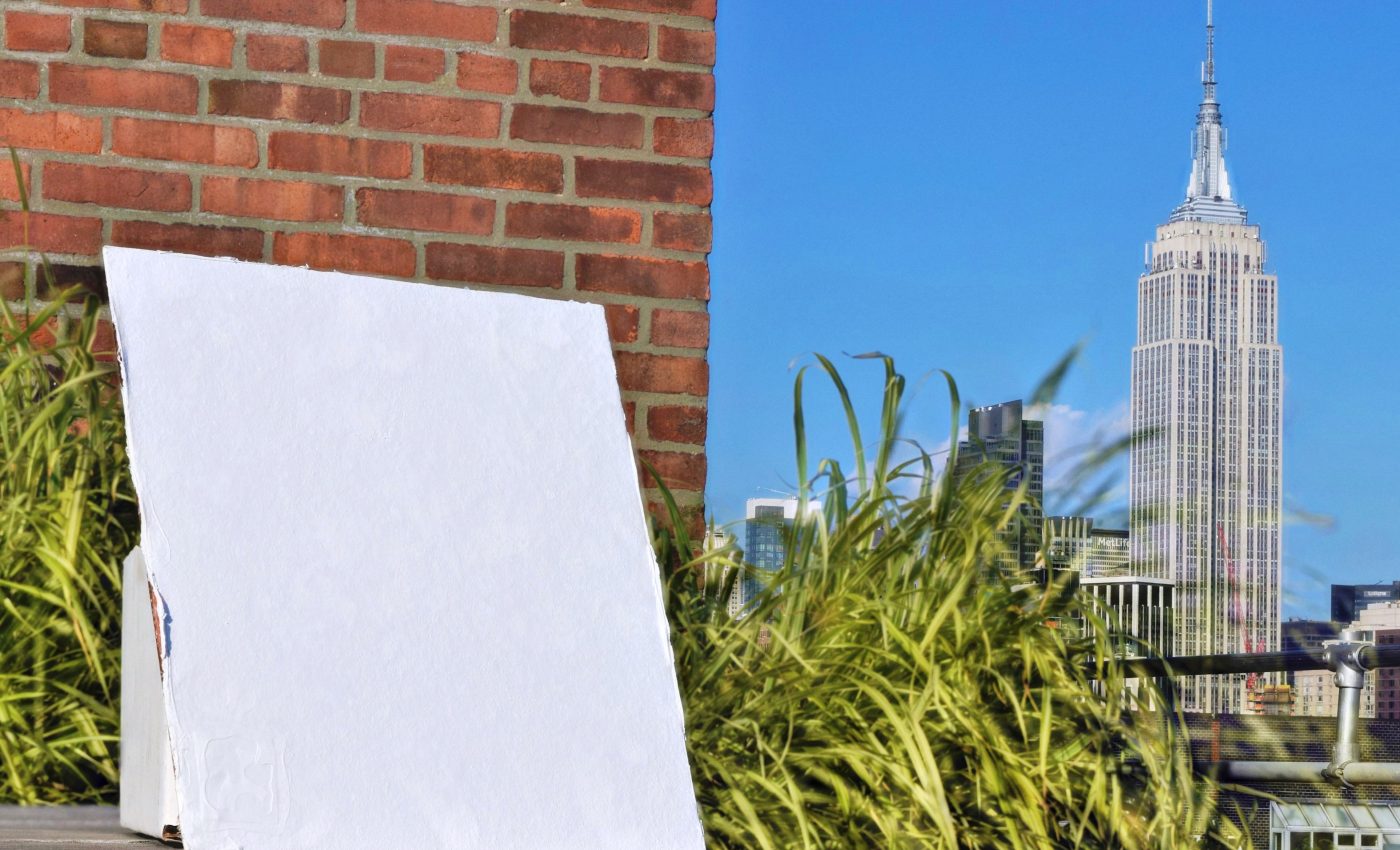
New polymer coating reflects heat and keeps surfaces cool
Researchers have created a new polymer coating that could one day be used to efficiently reflect sunlight and keep homes and buildings cool.
In a world where temperatures are only projected to climb and heat waves to get more severe, finding sustainable, effective, and easily accessible methods for keeping people cool will be critical.
Today, air conditioners are a common way to keep cool but they are costly, consume energy, and require electricity. In parts of the world where access to electricity is limited, air conditioning is not an option and often times, these areas are where sufficient access to cooler spaces is most needed.
Researchers from Columbia Engineering may have found a solution with a new passive radiative cooling (PDRC) polymer coating that applies like a clear liquid but dries to an opaque white that reflects sunlight and keeps surfaces cool.
A study on the new polymer coating was published in the journal Science.
PRDCs are considered the most effective if its surface can reflect a lot of sunlight but designing an optimal PRDC has remained a challenge.
The Columbia researchers knew that polymers and plastics like acrylic and silicone excelled at radiating heat and could be used to develop a PRDC if there was a way to manipulate the transparency of the polymer.
By using phase inversion, a chemical process wherein polymer liquids are transformed to a more solid phase, the researchers were able to create a porous polymer foam that turns white as it dries and reflects heat.
The coating could be applied to paints and even dyed different colors without negatively impacting the integrity of the coating.
The researchers also tested the coating in different temperatures to mirror surfaces exposed to different climates, and found that it kept cool in a wide range of environments.
“The fact that cooling is achieved in both desert and tropical climates, without any thermal protection or shielding, demonstrates the utility of our design wherever cooling is required,” said Yuan Yang, a member of the research team
The researchers are working on fine-tuning the coating to make it more versatile for a wide range of applications and also considering how to incorporate biocompatible polymers and solvents in the future.
“Now is a critical time to develop promising solutions for sustainable humanity,” said Yang. “This year, we witnessed heat waves and record-breaking temperatures in North America, Europe, Asia, and Australia. It is essential that we find solutions to this climate challenge, and we are very excited to be working on this new technology that addresses it.”
—
By Kay Vandette, Earth.com Staff Writer
Image Credit: Jyotirmoy Mandal/Columbia Engineering













